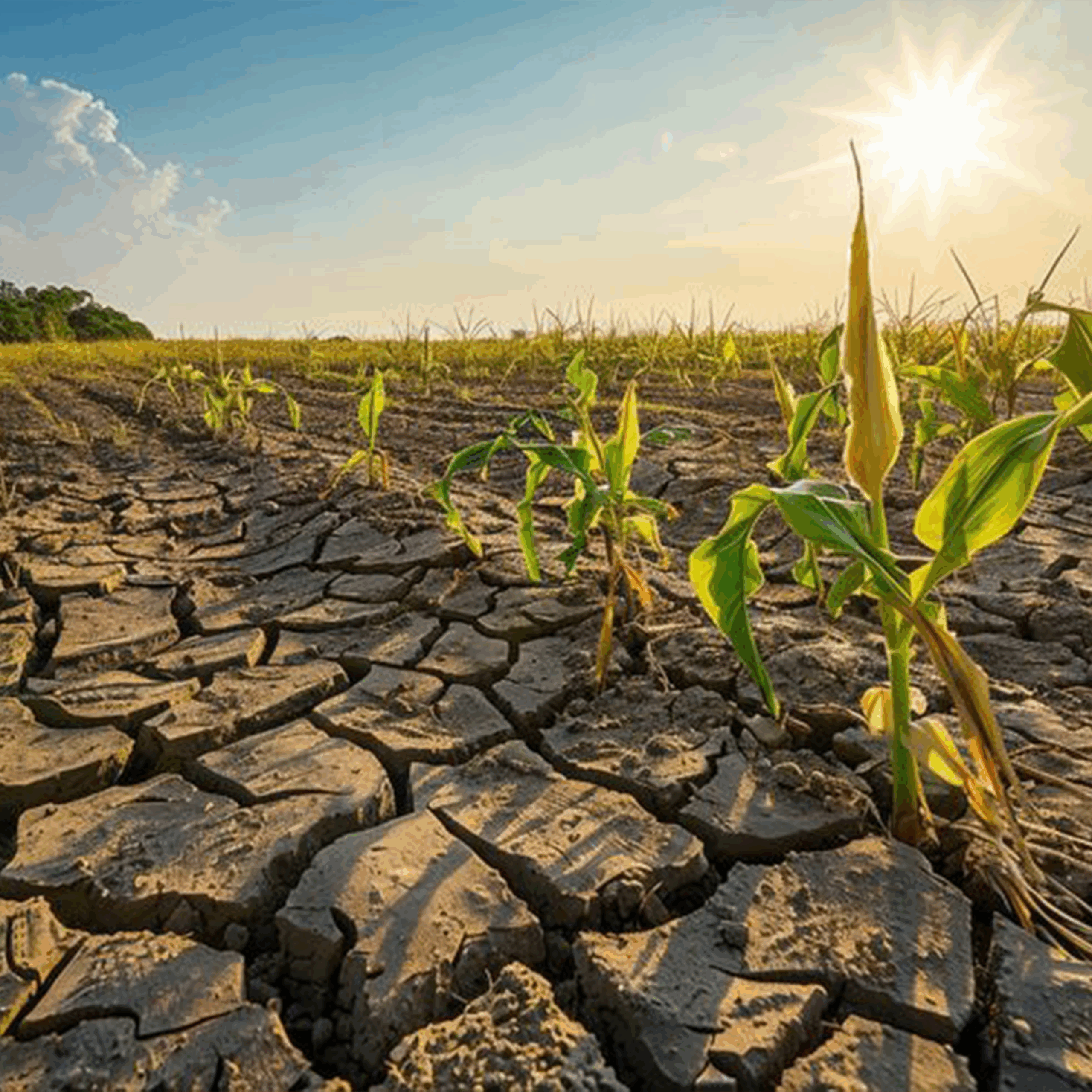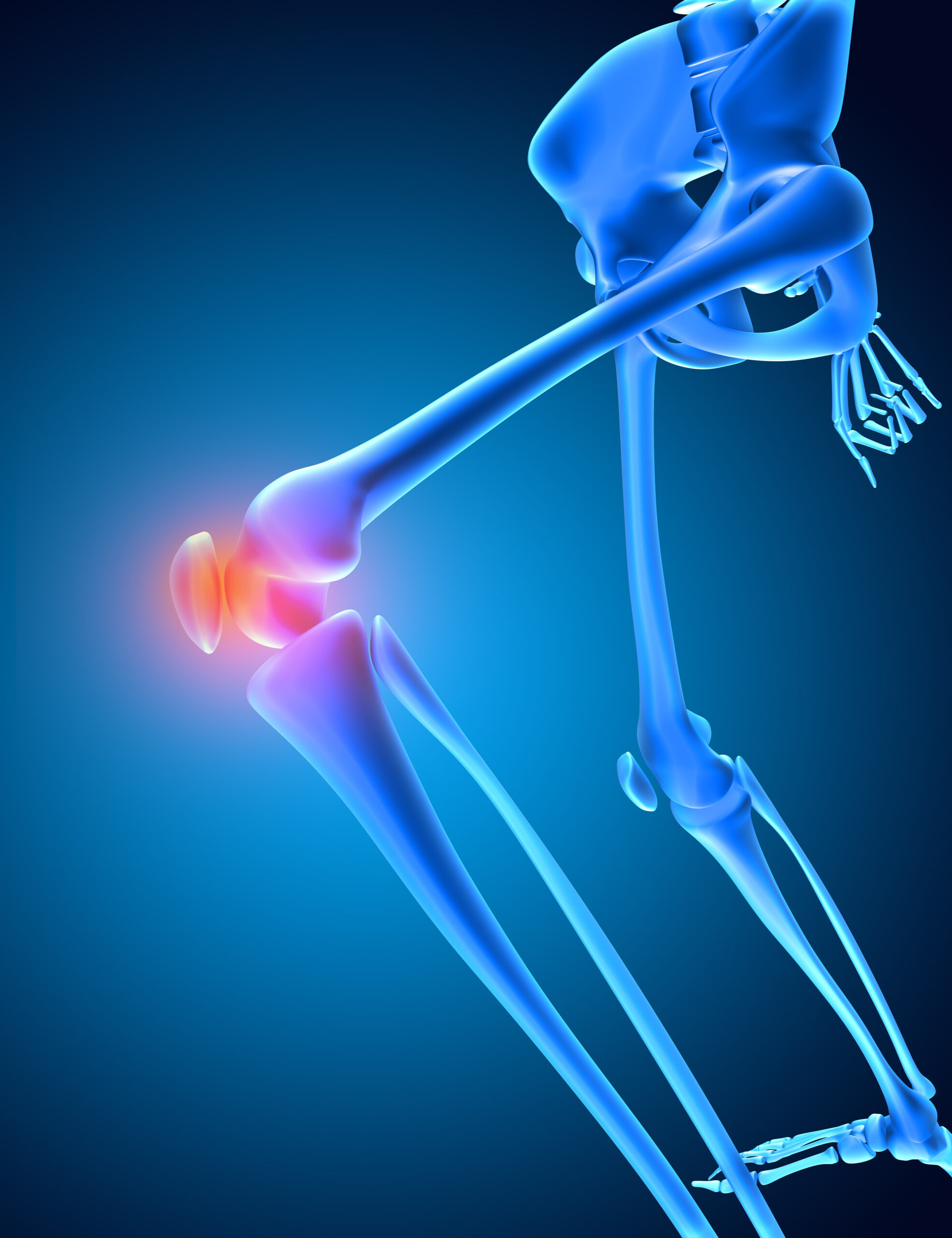The United Nations Framework Convention on Climate Change (UNFCC) defines climate change as that caused by long-term direct and indirect human activities that lead to changes in compared time, which are much more than natural change. The climate is part of a number of factors with the potential to alter diseases states and likely to have a harmful impact on human and animal health. The effect of climate change on animal health can be direct or indirect and can be due to alteration in environmental conditions like air temperature, relative humidity, precipitation, and frequency and amplitude of extreme events (i.e., heat waves, severe dry spells, extreme precipitation events, and coastal flooding). The world population is estimated to grow by 33% from 7.2 to 9.6 billion by 2050. Thus, it is estimated that up to 70% of increases in agricultural productivity will be required to meet that future demand for standard of living and food security. Global climate change provides a serious challenge to reach that foreseen required increase in productivity to meet those forthcoming demands. The other factors that have their impact are contribution of agricultural sector itself to livelihood of those poorest people in the world, who at present estimated to be employing 1.1 billion people. Any impact on this sector has a direct impact on those most vulnerable people. The mean increase in surface temperatures predicted by the Intergovernmental Panel on Climate Change (IPCC, 2013) is primarily due to increase in global temperature of atmosphere and greenhouse gases predominantly carbon dioxide (CO2) level, fluctuation in precipitation, and/or their combination. It has been observed that temperature impacts livestock centrally through rainfall, forage, production, reproduction, and health. Forage productions are impacted by high temperature, CO2, and/or precipitation fluctuations. Determinants of livestock health are extremely complex and encompass ecological forces such as ecological, social, economic interest, individual, and/or community behavior.
The direct health impacts of climate change include temperature-related mortality and sickness. Indirect impacts have more intricate pathways and include those that occur as a result of the impact of climate on microbial population and distribution, distribution of vector-borne diseases, lack of food and water, or foodborne sickness. The aim of this paper is to summarize the impact of climate change on animal health in.
Direct Effects
The direct health consequences of climate change can be triggered primarily by increased temperatures, and heat wave frequency and severity. Heat stress can have adverse effects on animal health through metabolic alterations, oxidative stress, immune suppression, and death depending on severity and duration.
Metabolic Disorders
Homeothermic animals combat high temperatures by increasing heat loss and reducing heat production in their bodies. Such events consist of increased respiratory and sweating rates, and reduced feed intake, playing a significant role to explain the occurrence of metabolic disturbances in heat-stressed animals.
Acidosis and lameness
- Heat stress can be a causative factor of lameness in dairy and beef cattle due to disease, management or environmental factors and is a key health, welfare and production issue.
- The involvement of heat stress in lameness can be due to ruminal acidosis or increased output of bicarbonate.
- Heat-stressed cattle will feed at longer intervals in cooler times of the day but will feed more at each meal.
- Inadequate feeding in the hottest times of the day followed by excessive feeding as the ambient temperatures decline result in acidosis which in turn causes laminitis.
Alkalosis
- As the ambient air temperature increases, respiratory rate increases with panting leading to respiratory alkalosis due to loss of carbon dioxide at a high rate.
- Compensation is through augmented urinary excretion of bicarbonate, thus affecting rumen buffering due to depletion of salivary bicarbonate pool.
- Lameness with sole ulcers and white line disease will become apparent in a few weeks to a few months after heat stress.
Ketosis
- Ketosis is a metabolic disorder that occurs when the animal is in a state of severe negative energy balance, undergoes severe lipomobilization, and produces ketone bodies that result from incomplete catabolism of fat.
- The reduction in feed consumption with increased maintenance energy expenditure can alter energy balance and is responsible for weight loss and/or mobilization of adipose tissue fat while experiencing heat stress.
- In summer particularly, early lactation dairy cows are more vulnerable to subclinical or clinical ketosis and at risk to develop liver lipidosis.
Oxidative Stress
- The involvement of heat stress in inducing oxidative stress in farm animals has attracted significant attention over the last 10 to 15 years and has been implicated in several pathological conditions in farm animals.
- Oxidative stress results due to insufficient balance between oxidant and antioxidant molecules and can be related to excess of oxidants and/or deficiency of antioxidant compounds.
- It has been observed that the level of total antioxidant status in heifer serum was lower in summer compared to that in winter in peri- and postpartum periods. Further, plasma reactive oxygen metabolite substances were higher in summer in mid-lactation cows whereas total carotenes and vitamin E were lower in summer.
- Heat stress has been correlated with increased antioxidant enzyme activities (e.g., superoxide dismutase, catalase, and glutathione peroxidase), and this has been used to signify adaptation to increased reactive oxygen species levels.
Suppression of Immune System
- Several studies have reported that heat stress can impair immune function in animals raised in production.
- Heat stress impacts on immune function can be affected by species, breed, genotype, age, social status, degree of acclimatization, and severity and length of exposure to adverse conditions.
- Immunosuppression allows infection to take place that impacts reproductive and production efficiency and can undermine animal well-being.
- Nardone et al. (1997) have reported that heat stress at extreme levels reduces colostral immunoglobulins (IgG and IgA) in dairy cows with adverse effects on immunization and survival of calves.
- Lacetera et al. (2005) have reported a profound depression in lymphocyte function in extremely heat-stressed peri-parturient dairy cows, possibly making them more vulnerable to pathogens and also reducing the efficacy of vaccines.
- Lecchi et al. (2016) have reported that high temperatures severely impaired neutrophil function, which is essential to protect the mammary gland against infection.
Reproductive inefficiency
- Heat stress affects reproductive performance through modification of blood flows and secretion of different hormones with 20%-30% reduction in conception rates and anoestrus in ruminants in summer months.
- The pig industry is largely influenced by reproductive disturbances known as seasonal infertility that occurs in periods of late summer and early fall compared to spring and wintertime.
- Heat stress also impacts semen quality, estrus cycle, and oocyst and embryo development.

Death
- Heat can cause heat stroke, exhaustion, syncope, cramps, and ultimately organ impairment. All these heat-related complications occur when the body temperature rises 3 to 4 °C above normal.
- Several studies have documented higher risk of mortality during summer months and on heat wave days. Increased mortality in Mecheri sheep has been documented by Purusothaman et al. (2008). Vitali et al. (2015) documented higher summer mortality in dairy cows on heat wave days compared to days not in heat wave.
- The temperature-humidity index combines temperature and humidity into a single value and is usually seen as a useful tool to predict the effect of the weather on farm animals. An epidemiological investigation on dairy cattle documented that 80 and 70 are daily maximum and minimum values of the index respectively, at which heat-related mortality rate increases.
Indirect Effects
Vector borne infections
- Climatic change is likely to affect on the biology and range of vector-borne diseases. For example, temperature changes, global wind and precipitation patterns, and changes in relative humidity in temperate areas will favor insect reproduction and thus population densities. Thus, some tropical diseases, especially those that are insect-borne, will have a likely shift in their natural endemic basin to other countries.
- Increasing temperature values by 2 °C through simulation, a model by Wittmann et al. (2001) predicted the possibility of a general expansion of Culicoides imicola as the main bluetongue virus vector. The virus induces a contagious arthropod-borne disease that affects mostly domestic and wild ruminants worldwide. The virus has increased tremendously since 1990 owing to changes in climatic and environmental conditions needed to favor the Culicoides vectors.
Fungal growth and mycotoxins
- Climate change can affect animal and human health through the positive effect that high temperature and humidity can have on mycotoxin-producing fungal growth.
- Fungal development and subsequent production of toxins have a weather-dependent relationship with temperature and moisture level at the time of drying and storage methods of grains.
- Mycotoxins can have a harmful effect on specific tissues and organs such as liver, kidney, oral and gastric mucosa, brain, or reproductive tract.
- Some mycotoxins can interfere with normal mechanisms of resistance to disease and can suppress immunologic responsiveness and make animals more susceptible to infection.
Parasitic diseases
- Gastrointestinal nematodes are important parasites of animals that cause mortality and morbidity. Because a substantial part of their lifecycle occurs outside their host, their development and survival can be susceptible to climate change.
Key Recommedations
Heat stress caused by global warming, rising air temperatures, and increased extreme weather events and drought can have detrimental effects on animal health and well-being. These effects can occur through direct and/or indirect mechanisms. Here are some adaptation and mitigation suggestions to combat the impact of climate change on animal health:
- Studies on climate resilient technology in livestock.
- Follow good farm practices, farm biosecurity measures, and herd health management.
- Design animal sheds with consideration to heat stress, animal comfort, animal behavior, and climate change.
- Development and conservation of local animal genetic resources with long-term breeding strategy to breed for disease resistant traits through repeated challenge and natural selection.
- Development of improved fodder varieties that resist drought and new feeding management practices.
- Development and application of methodologies to incorporate climate into animal disease surveillance system.
- A comprehensive and integrated research of real-time impacts of climate change on animals and a corrective policy decision.
References
- IPCC (Intergovernmental Panel on Climate Change) Summary for policymakers. In: Stocker T.F, Qin D, Plattner GK, Tignor M, Allen S.K, Boschung J, Nauels A, Xia Y, Bex V, Midgley PM, editors. Climate change 2013: the physical science basis. Cambridge, UK: Cambridge University Press; 2013. [23 September 2019]. Contribution of Working Group I to the Fifth Assessment Report of the Intergovernmental Panel on Climate Change, Available via https://www.ipcc.ch/report/ar5/wg1/ [Google Scholar]
- Lacetera N, Bernabucci U, Scalia D, Ronchi B, Kuzminsky G, Nardone A. Lymphocyte functions in dairy cows in hot environment. Int. J. Biometeorol. 2005;50:105–110. doi: 10.1007/s00484-005-0273-3. [DOI] [PubMed] [Google Scholar]
- Lecchi C, Rota N, Vitali A, Ceciliani F, Lacetera N. In vitro assessment of the effects of temperature on phagocytosis, reactive oxygen species production and apoptosis in bovine polymorphonuclear cells. Vet. Immunol. Immunopathol. 2016;182:89–94. doi: 10.1016/j.vetimm.2016.10.007. [DOI] [PubMed] [Google Scholar]
- Nardone, A., N. Lacetera, U. Bernabucci, and B. Ronchi. 1997. Composition of colostrum from dairy heifers exposed to high air temperatures during late pregnancy and the early postpartum period. J. Dairy Sci. 80:838–844. doi:10.3168/jds.S0022-0302(97)76005-3
- Purusothaman, M.R., A.K. Thiruvenkadan, and K. Karunanithi. 2008. Seasonal variation in body weight and mortality rate in Mecheri adult sheep. Livest. Res. Rural Develop. 20:150. Available from http://www.lrrd. org/lrrd20/9/thir20150.htm
- Rabinowitz, P., and L. Conti. 2013. Links among human health, animal health, and ecosystem health. Annu. Rev. Public Health 34:189–204. doi:10.1146/ annurev-publhealth-031912-114426
- UNDESA. New York: United Nations Department of Economic & Social Affairs; 2017. [23 September 2019]. World population prospects, the 2017 Revision, Volume I: comprehensive tables. 2017. Available via http://www.un.org/development/desa/publications/world-population-prospects-the-2017-revision.html . [Google Scholar]
- UNFCCC. Definitions of climate change. [23 September 2019];1992 7 Available via http://unfccc.int/files/essential_background/background_publications_htmlpdf/application/pdf/conveng.pdf . [Google Scholar]
- Vitali, A., A. Felici, S. Esposito, U. Bernabucci, L. Bertocchi, C. Maresca, A. Nardone, and N. Lacetera. 2015. The impact of heat waves on dairy cow mortality. J. Dairy Sci. 98:4572–4579. doi:10.3168/jds.2015-9331
- Wittmann, E.J., P.S. Mellor, and M. Baylis. 2001. Using climate data to map the potential distribution of Culicoides imicola (Diptera: Ceratopogonidae) in Europe. Rev. Sci. Tech. 20:731–740.





